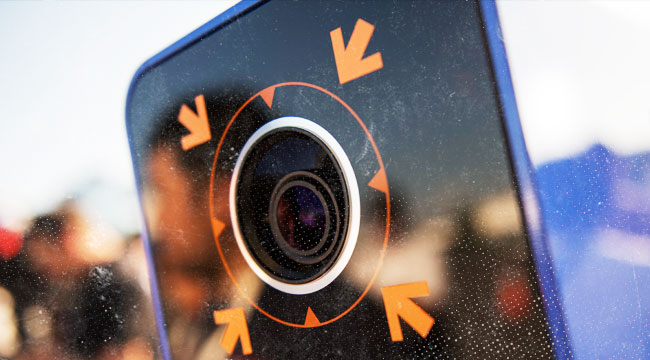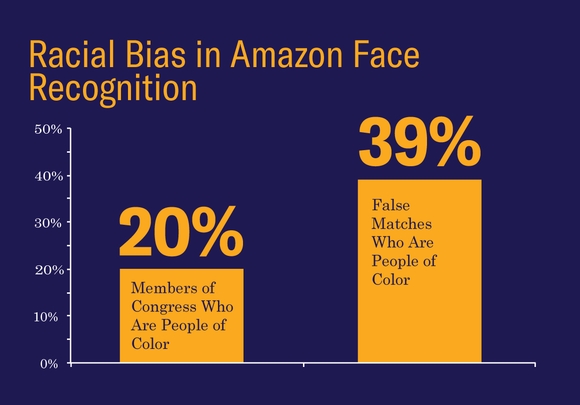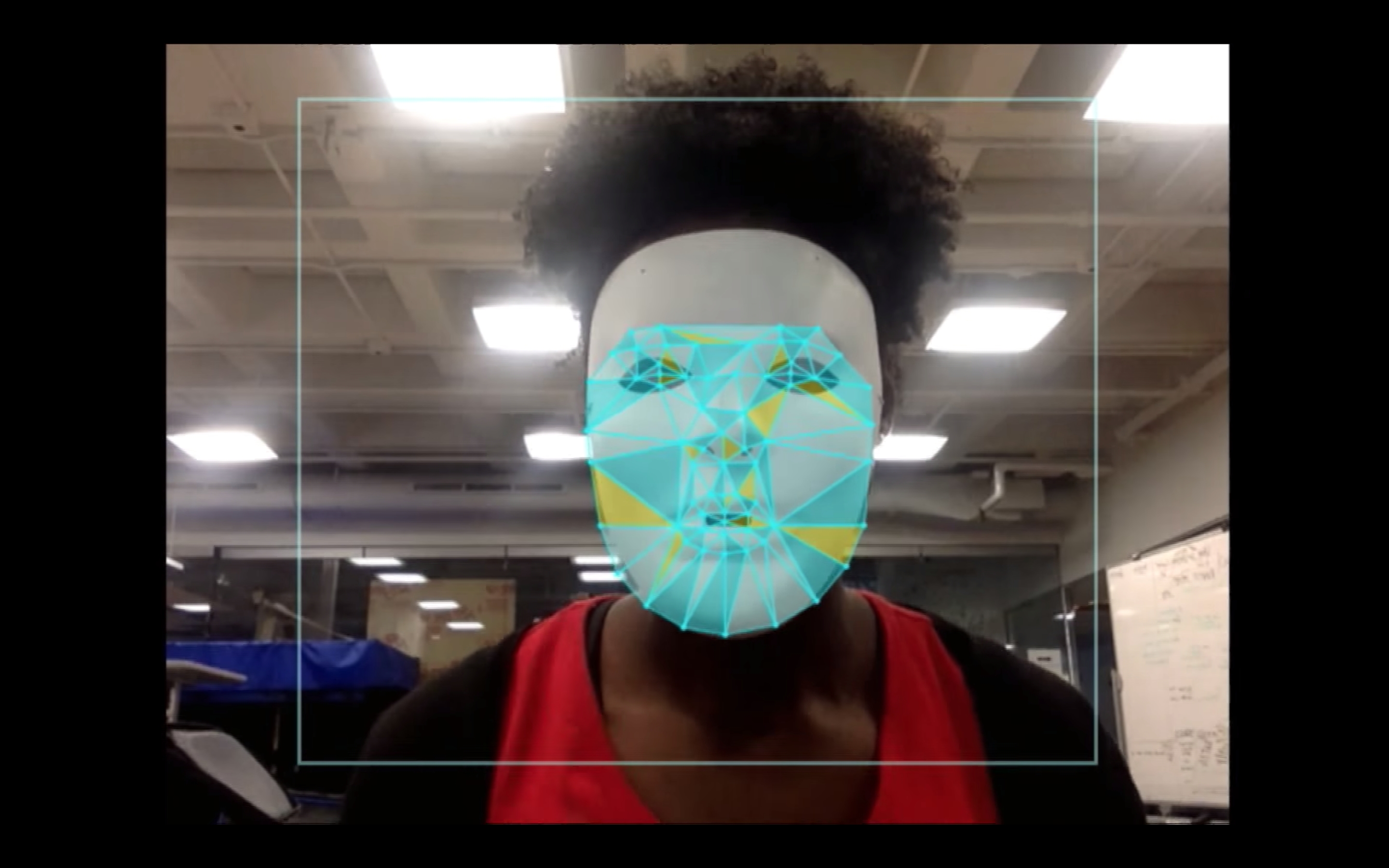
BuzzFeed News reports that according to 346 pages of documents received through the Electronic Privacy Information Center, the United States Department of Homeland Security is gearing up to deploy biometric verification — or, facial recognition — through the US Customs and Border Protection agency for 100 percent of all international air travel passengers (including American citizens) in the top 20 US airports by 2021.
The facial recognition program is already being used in seventeen international airports across the country — including Atlanta, Boston, Chicago, Detroit, Dallas, Fort Worth, Fort Lauderdale, Houston Hobby, JFK, Las Vegas, Los Angeles, Orlando, San Francisco, San Jose, Seattle, and both the Dulles and Regan airports in Washington DC. So if you’ve flown internationally from those cities or airports, chances are you’ve already been scanned.
To meet the goals set by an executive order signed by President Trump to expedite the program in March of last year, the Customs and Border Protection agency’s working goal is to implement the “biometric entry-exit system” on travelers abroad 16,300 flights per week on international flights out of the US in the next two years.
But the documents from the Electronic Privacy Information Center reveal that the CBP skipped portions of a critical rulemaking process in their haste, such as soliciting public feedback, and that there are virtually no limits to how airlines make use of facial recognition data. With no current laws governing the use of facial recognition, there are absolutely no checks and balances to this whole process.
The ACLU recently reported that facial recognition technology is currently plagued with inaccuracy and bias, citing a study that showed Amazon’s facial recognition tech falsely match 28 members of Congress with arrest mugshots and disproportionally misidentified people of color. Which is troubling considering we are dealing with people’s identities in a security situation, leaving more chances for instances of abuse by the TSA and potentially the police, if they adopt the technology.

Joy Buolamwini of the Algorithmic Justice League explored other ways that facial recognition technology falls short when it comes to identifying people of color in her TED talk on the subject, showing how in one instance, an app with facial recognition technology failed to recognize her face until she put a featureless white mask on.

We can assume the CBP is using more advanced biometric identification technology than that showed in Buolamwini’s presentation, but the fact that such problems already exist indicate that it’s too early to be implementing this untested technology at such a rapid pace, in a critical space like air travel security.
While the program is aimed at international travelers and not U.S. citizens, the CBP admits that it “does not believe there is enough time to separate U.S. citizens from non-U.S. citizen visitors prior to boarding… therefore, facial images will be collected for U.S. citizens as part of this test so that CBP can verify the identity of a U.S. citizen boarding the air carrier.” More troublingly, the CBP says it retains photos for two weeks of non-US citizens leaving the country for what it calls the “assurance of the accuracy of the algorithms.”
In an interview with BuzzFeed News, Jeramie Scott, the director of the EPIC Domestic Surveillance Project warned, “I think it’s important to note what the use of facial recognition means for American citizens… it means the government, without consulting the public, a requirement by Congress, or consent from any individual, is using facial recognition to create a digital ID of millions of Americans.”
If you’re a worried traveler, the CBP does say that U.S. citizens have the option to decline facial verification and can verify their identities through the usual manual boarding process, but with the whole identification process left up to the airlines, we wonder just how transparent they’re being with travelers.






